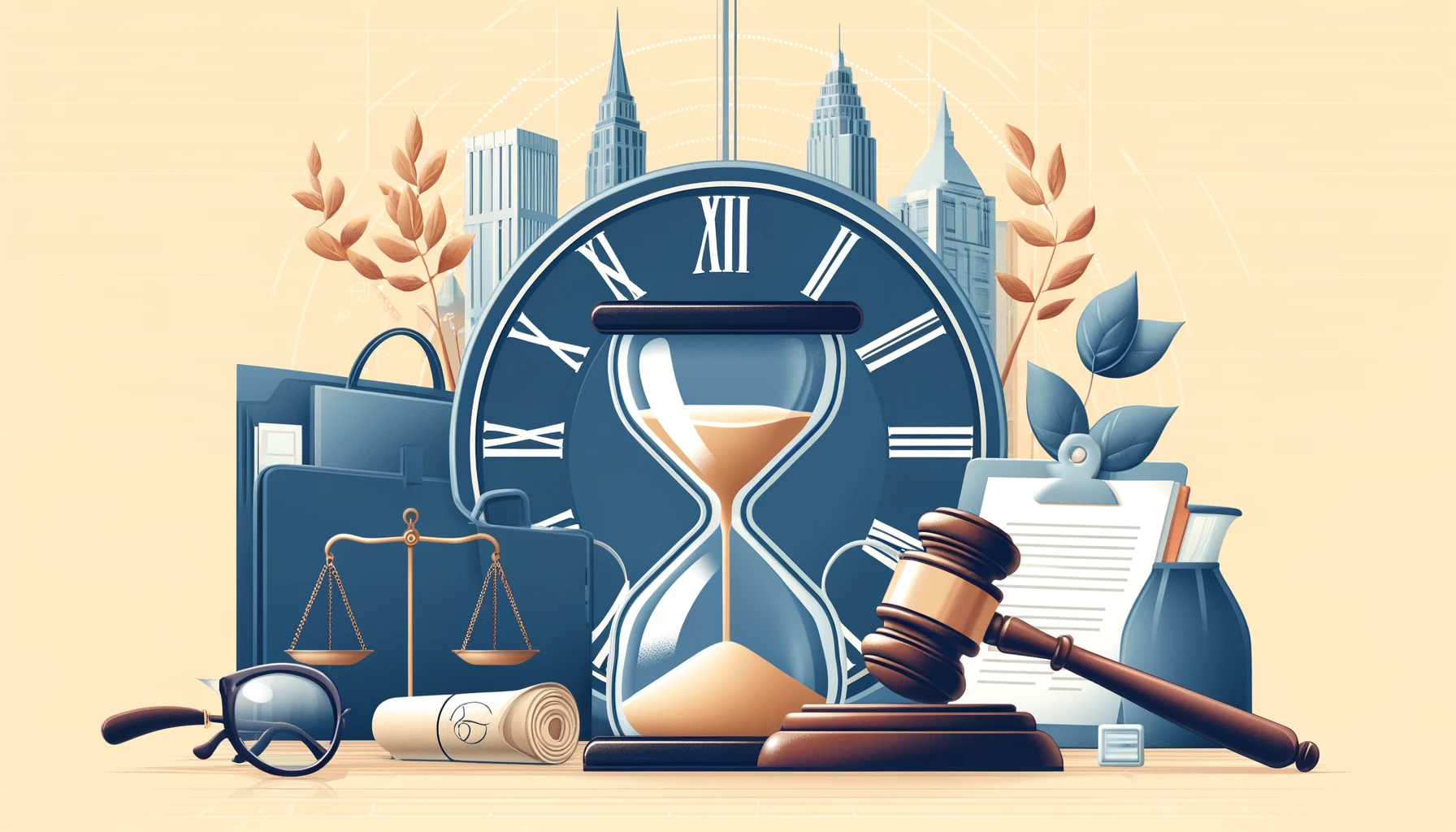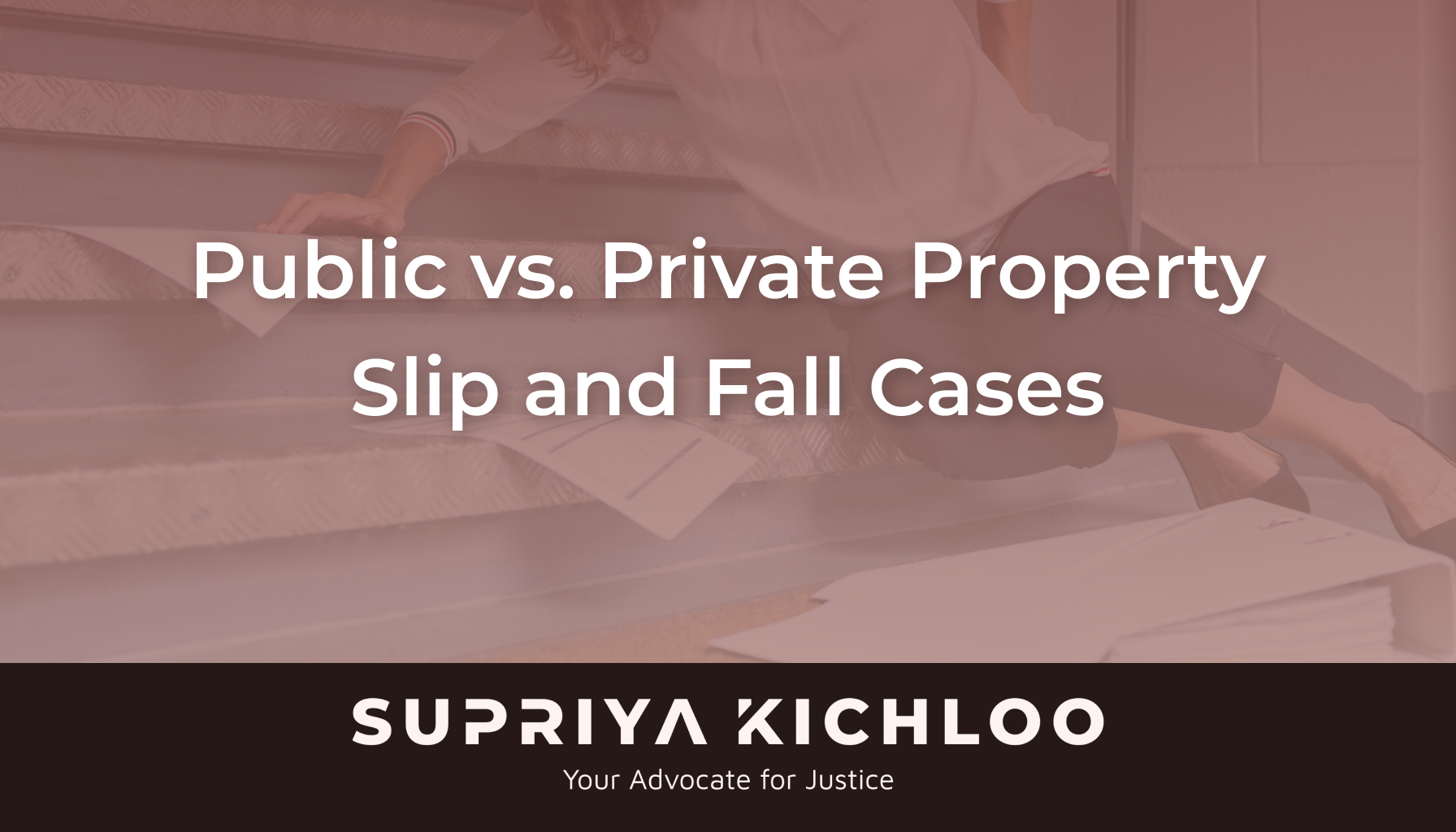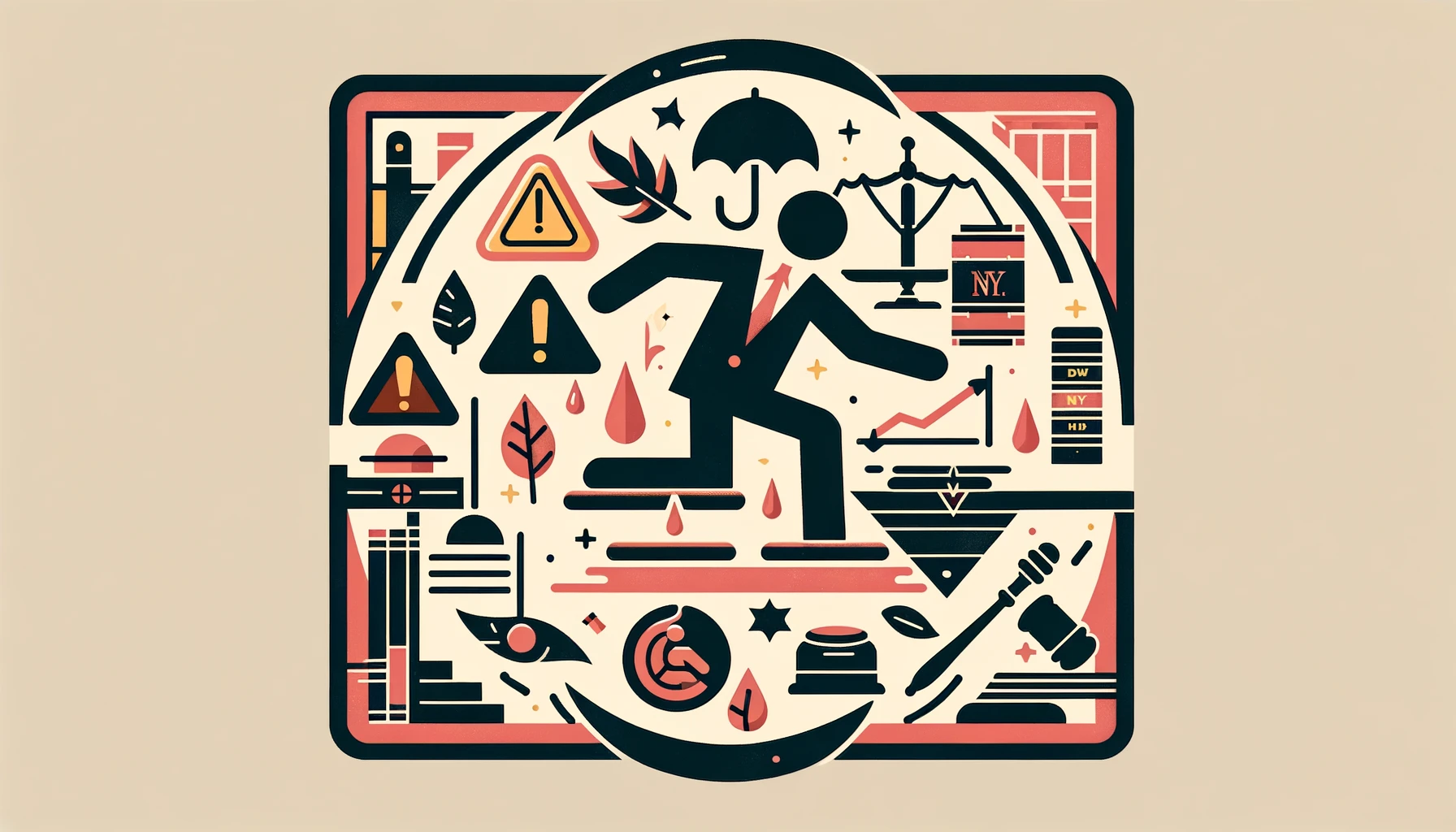You slipped or tripped somewhere you had every reason to feel safe—on a public walkway, at a business, or inside a building. The property owner failed to maintain the property as they should have, leaving you with pain, medical appointments, and time away from work.
On Long Island, this happens more often than most people think. When property owners ignore worn-out steps, wet floors, or broken pavement, the risk doesn’t disappear—instead, someone is likely to get hurt.
Was there time to fix the hazard or put up a warning before you fell? That question often decides whether the property owner can be held responsible—and it’s one Long Island slip and fall lawyer Supriya Kichloo takes seriously in every case she takes on.
When Can a Property Owner Be Held Responsible for a Fall?
Property owners don’t need to fix every issue the moment it appears. However, they must keep walkways, stairs, and shared spaces in reasonably safe condition for lawful visitors—or else provide warnings to visitors about potential hazards.
In Long Island, hazards that often lead to falls include:
- Uncleared salt or ice after a winter storm,
- Cracked pavement or broken steps,
- Leaks or spills inside a store or building, and
- Stairways with loose or broken handrails.
Whether the fall happened in a parking lot, outside a home, or in a building’s entryway, the question often comes down to how long the hazard was there—and whether anyone did anything about it.
What If They Say the Slip and Fall Was Your Fault?
Property owners or insurance companies often suggest that the person who fell was responsible for their injury. For injured Long Islanders, it’s normal to fear that these claims will disqualify them from seeking accountability before they even begin.
However, thanks to New York’s comparative negligence rule, this is not the case. Under this law, even if you were partly responsible for an accident, you may still be able to recover compensation for your harm. The law looks at both parties involved in the accident and assigns each a percentage of fault. The final amount you can recover depends on how the fault is divided between you and the property owner.
For example, imagine you fell while walking into a pharmacy in Hicksville. At the time, you were looking at your phone and not watching where you were going—however, the pharmacy’s sidewalk had been uneven for months, and there was no sign warning visitors to be careful. Even if you share some responsibility, that doesn’t erase what the property owner failed to fix.
A Long Island slip and fall attorney considers the entire situation, including how long the hazard existed, whether anyone complained, and whether the property owner took the risk seriously.
What Injuries Are Common After a Slip and Fall?
After a fall, you might walk away, assuming your soreness is merely temporary. Maybe you rested, took over-the-counter pain medicine, or waited to see if your condition would improve. But in the days or weeks that follow, the injury can get worse—and start affecting how you move, work, or sleep.
Here are some types of injuries that often come up in slip and fall claims:
- Fractures in the wrist, ankle, or hip;
- Torn ligaments or muscle damage in knees and shoulders;
- Back pain from herniated discs or nerve compression; and
- Head injuries, including concussions or dizziness.
Even without visible bruises or broken bones, you may find yourself limping, missing work, or avoiding certain movements. Tasks that used to take minutes may now take twice as long—or require someone else’s help.
If this sounds familiar, you’re not alone. Many people who contact a Long Island slip and fall accident lawyer describe the same phenomenon—an injury they thought would pass but that never quite went away.
What Can Help Protect Your Slip and Fall Claim?
Long Island slip and fall lawyer Supriya Kichloo often hears from people who didn’t take action or report their fall right away but still have the basis for strong claims. However, it’s by far in your best interest to take certain steps as soon as possible. Doing so can help preserve evidence that can be valuable in establishing the facts of the incident and preventing the other side from disputing what happened.
Here are the actions to prioritize after a fall:
- Seeking medical care. See a doctor immediately, and keep records of all follow-up visits, physical therapy notes, and exam results that document your injury.
- Taking photos. Capture images of the hazard, your shoes, or visible injuries to help prove the existence of dangerous conditions on the premises.
- Identifying witnesses. If someone saw the fall—or noticed the hazard before—get their contact information. Their observations can help support your account.
- Filing incident reports. Ask for a copy of any complaint or report filed with the property owner or manager.
- Collecting video footage. Footage from stores, buildings, or parking areas can help clarify what happened. However, it may only remain available for a few days.
- Keeping receipts and notes. Track your time away from work, out-of-pocket costs, or daily tasks that became harder after the injury.
Even if you haven’t gathered this evidence already, tracking down records, reports, or other details may still be possible. When the Law Offices of Supriya Kichloo, P.C. investigates a fall, we take the time to piece together the details—working to show not just where the fall occurred but why it should have been prevented in the first place.
What Compensation Can a Slip and Fall Claim Include?
You’re the one managing the injury—juggling appointments, missing paychecks, and working around pain that didn’t exist before the fall. When a property owner fails to maintain reasonably safe conditions for lawful visitors, a personal injury claim can hold them accountable for the losses that result. After a fall, you may be able to recover compensation for:
- Medical bills, from emergency care to physical therapy;
- Lost wages or reduced earning capacity if you can’t return to your job;
- Transportation costs tied to treatment; and
- Help with household tasks you can no longer manage on your own.
A Long Island slip and fall injury lawyer can help link the injury to the unsafe conditions that caused it—and fight for fair compensation that reflects how the fall has affected you.
Talk with a Long Island Slip and Fall Accident Attorney Today
Supriya Kichloo understands how a fall can affect your job, health, and routine. With services offered in English, Hindi, and Kashmiri, our office takes the time to understand what this injury has taken from you. Speaking with a Long Island slip and fall attorney about your potential claim is free. Call the Law Offices of Supriya Kichoo, P.C. today.
Related Articles


